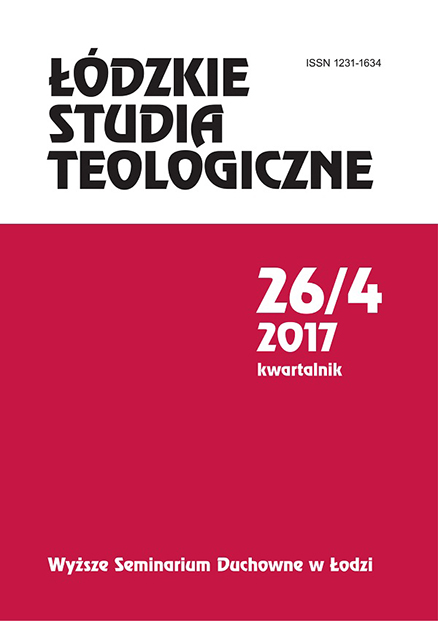Od spowiednika do społecznika. Transformacja roli społecznej duchownego w II Rzeczypospolitej
From confessor to social activist. Transformation of a social role of a priest in the Second Republic of Poland
Author(s): Karol ChylakSubject(s): Social history, Interwar Period (1920 - 1939)
Published by: Wyższe Seminarium Duchowne w Łodzi
Keywords: clergy; social role; transformation; confessor; social activist;
Summary/Abstract: The easiest and perhaps a bit stereotypical thinking about the role of priest makes him positioned in sacred space. Undoubtedly, he is an activist in this area by taking responsibility for leading his flock to redemption. Without any doubt the roles connected with holding particular positions in the governmental structures were traditional. In addition clergy, especially lower ones, were often in a position of a mediator (peasant – landlord). These traditional roles were built in feudal society and in this social structure. Meanwhile, the industrial revolution and intense processes of industrialization and urbanization changed the face of the world, they changed the circumstances in which people were supposed to live in those days. There were social and political changes that could not be unnoticed, in particular voting rights were given to other groups of people and modern concepts – which met with a wide public response (socialism especially) – were developed. They became the basis for the change of church’s and clergy’s attitudes towards both society and their place and role in the society. A doctrinal basis of this transformation became the encyclical of Pope Leon XIII Rerum novarum as of 1891 together with it the Quadragesimo anno (1931) implemented four decades later. There was a great social movement in Poland at the end of the 19th century and at the beginning of the 20th century. The movement that initiated and activated, in other words woke communities up to life, that built social capital. Of course that movement had different social composition but a very important part in that composition was assumed by clergy. Both social status and priestly role were formed again. Changes in attitudes towards a man and interest in man’s mundane part of life had to result in both the transformation of the clergy’s role and the extension of their responsibility for the secular sphere. Times of the Second Republic of Poland led to a complete development of new roles and attitudes among clergy.
Journal: Łódzkie Studia Teologiczne
- Issue Year: 26/2017
- Issue No: 4
- Page Range: 165-182
- Page Count: 18
- Language: Polish

